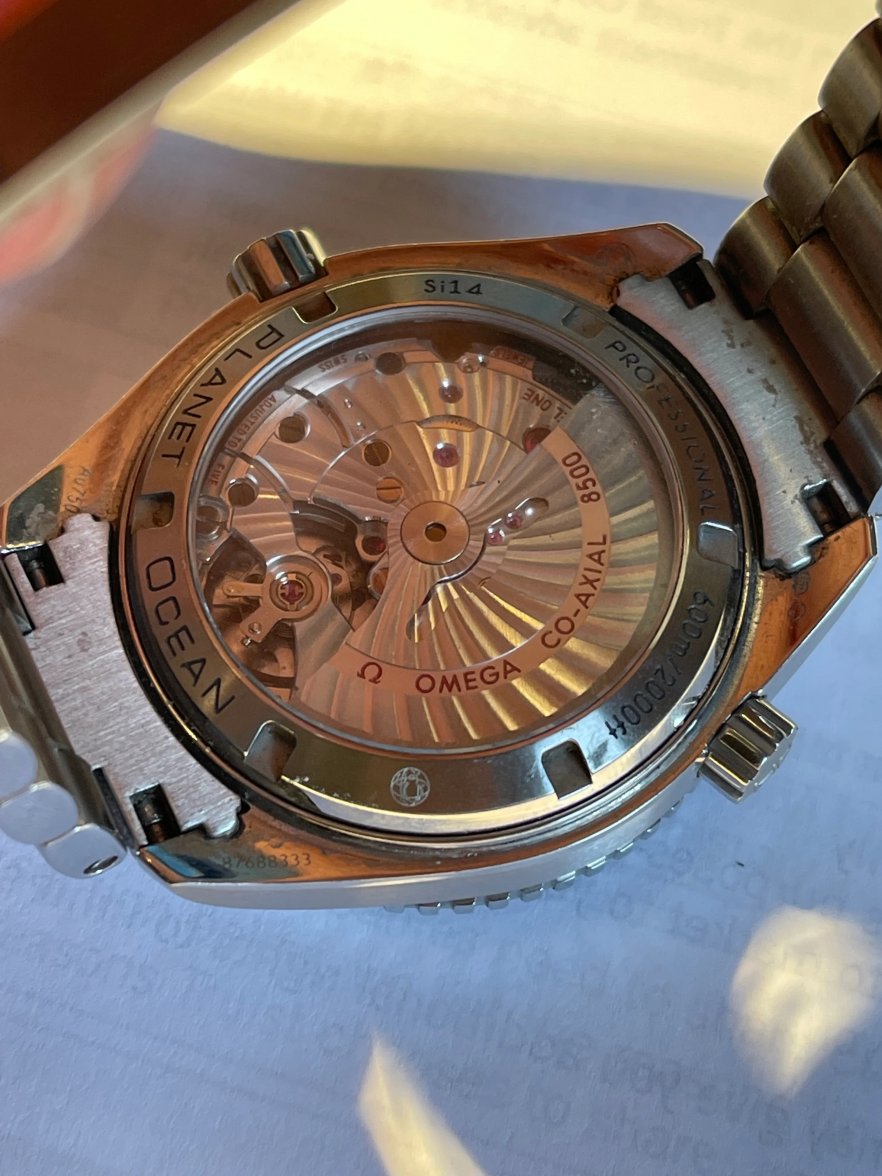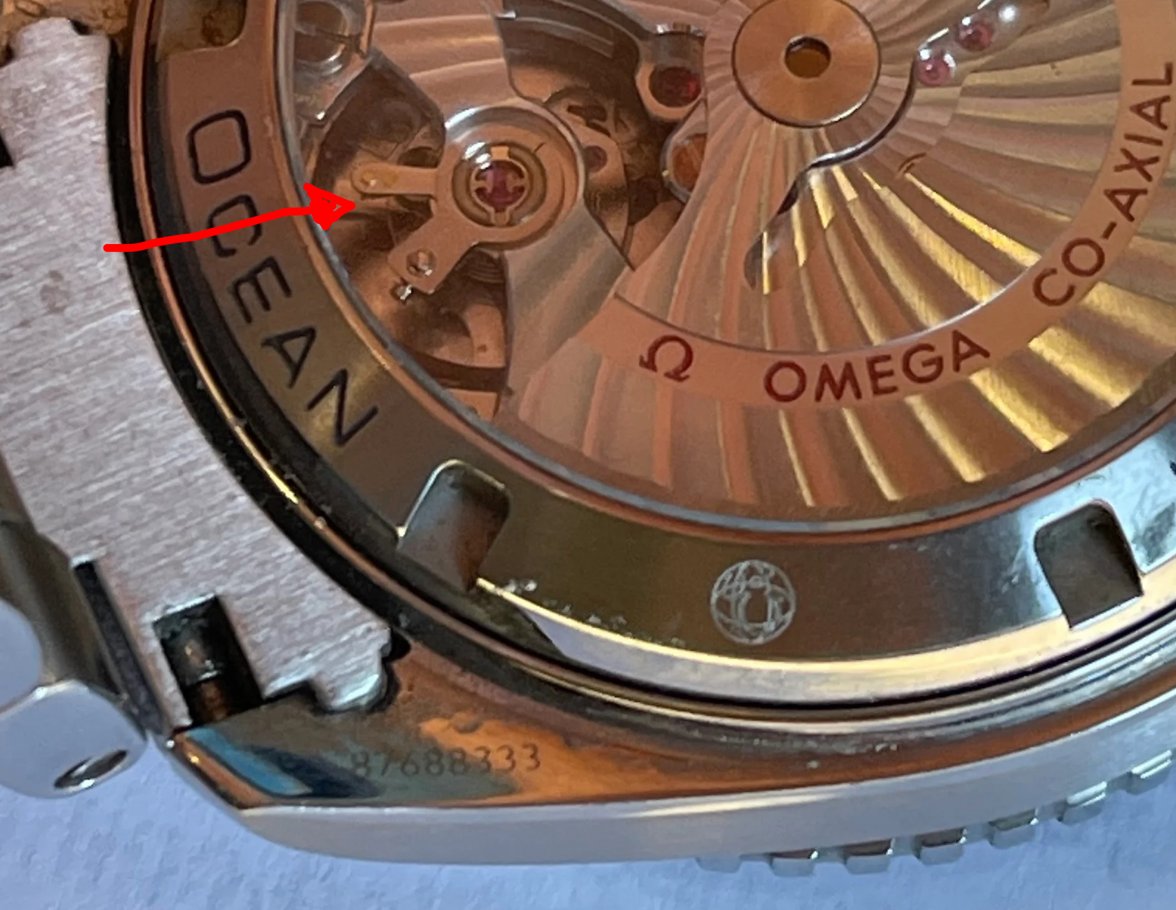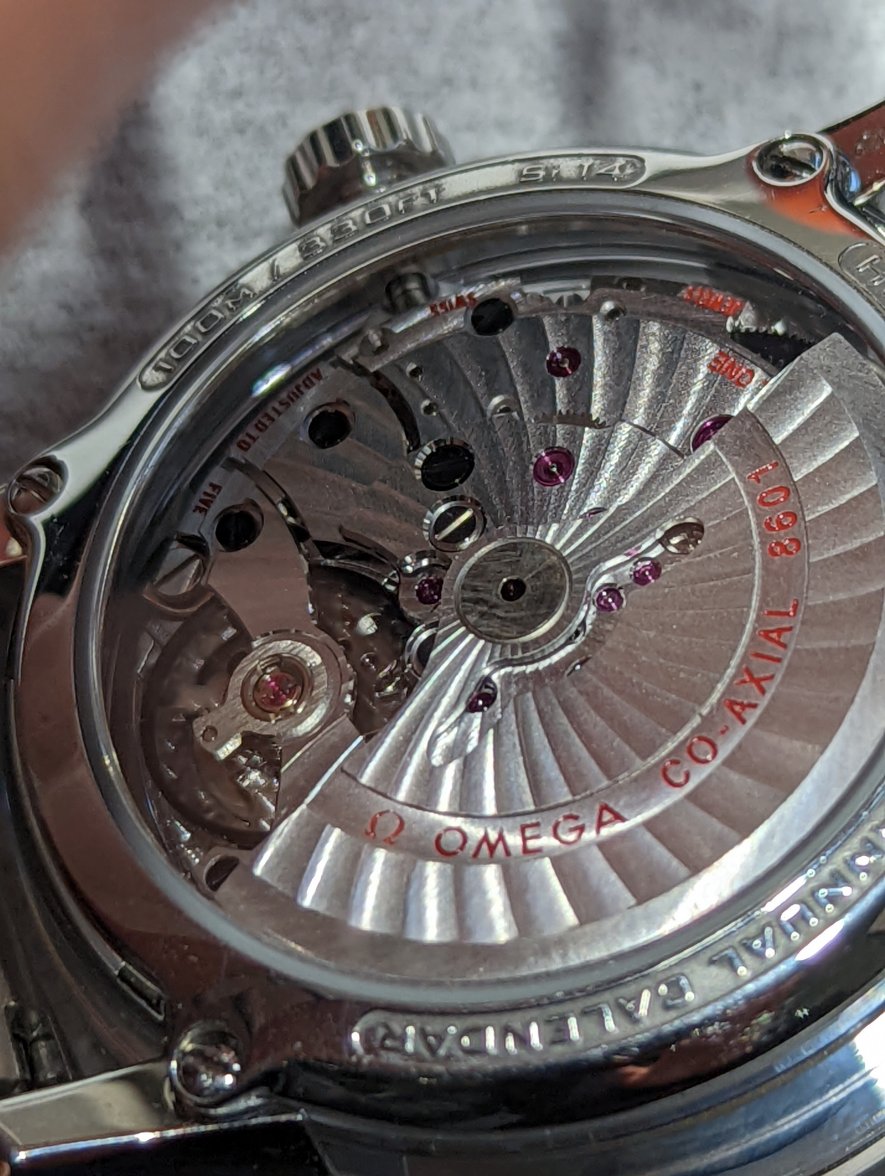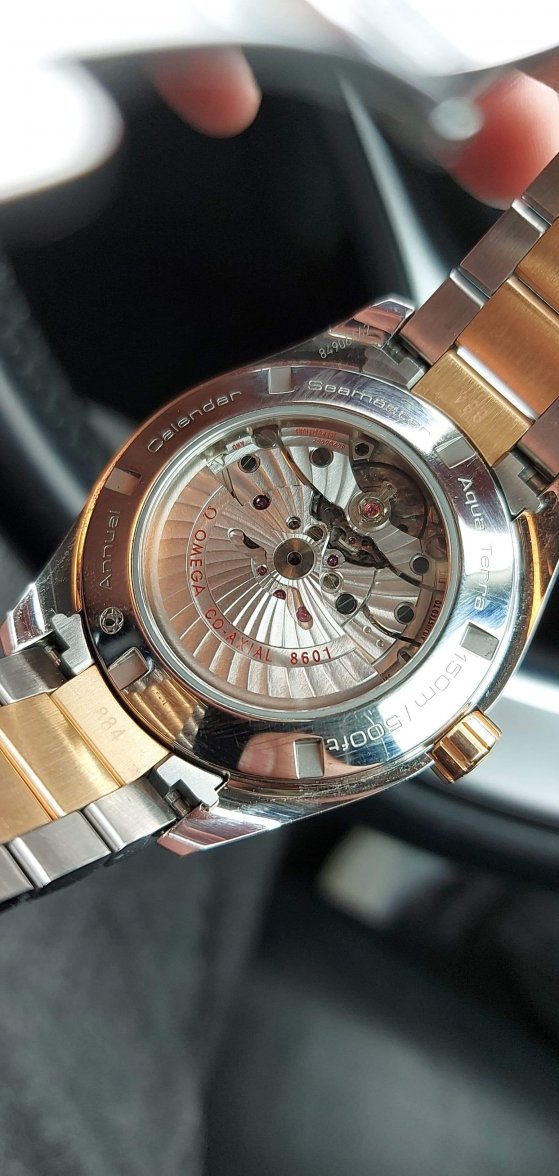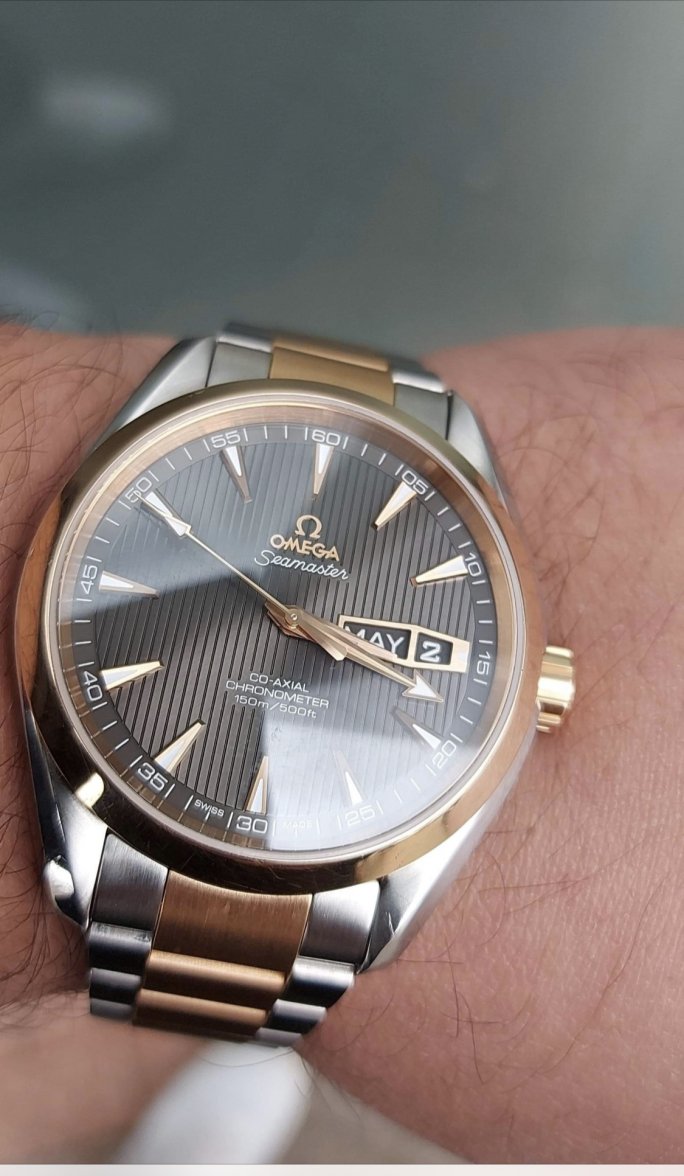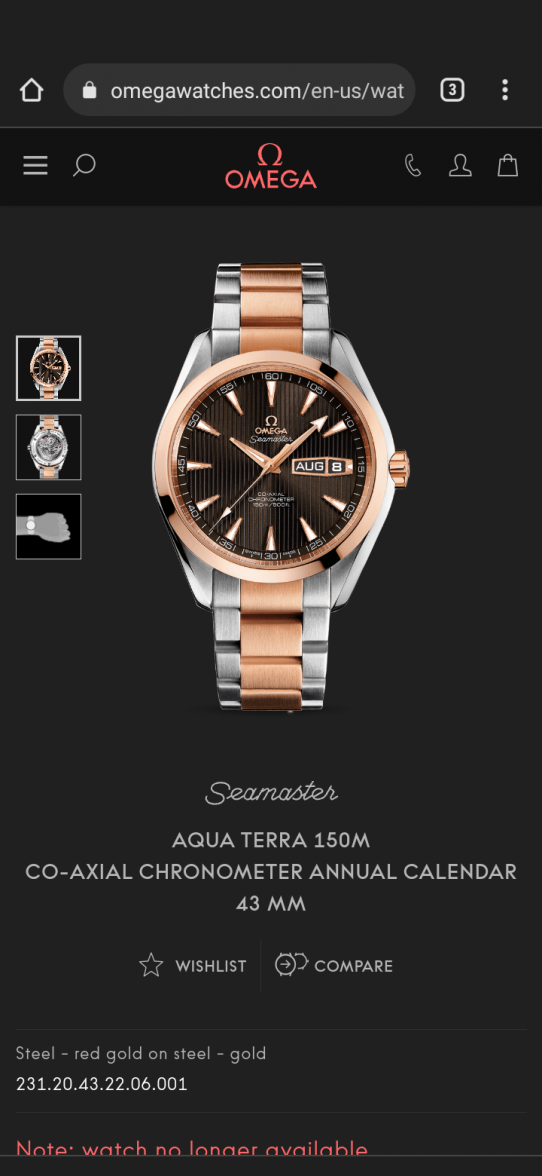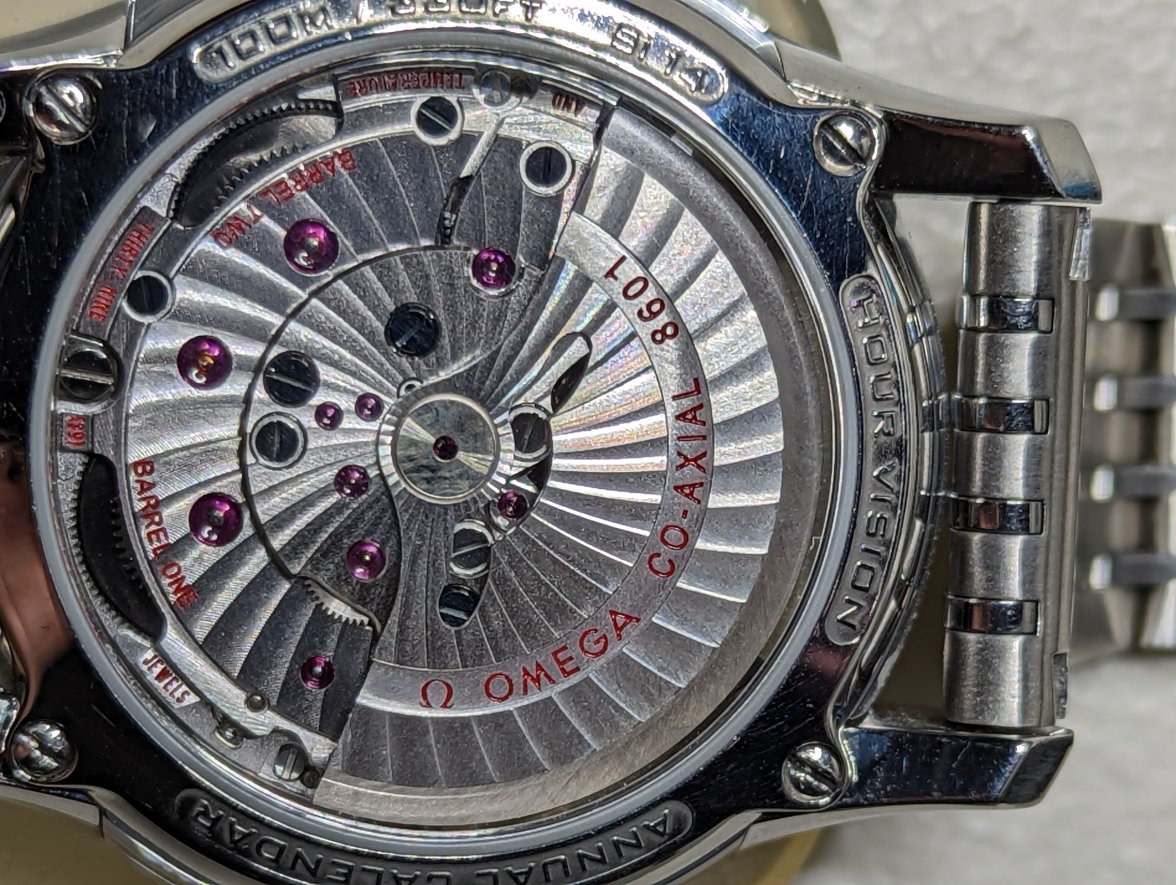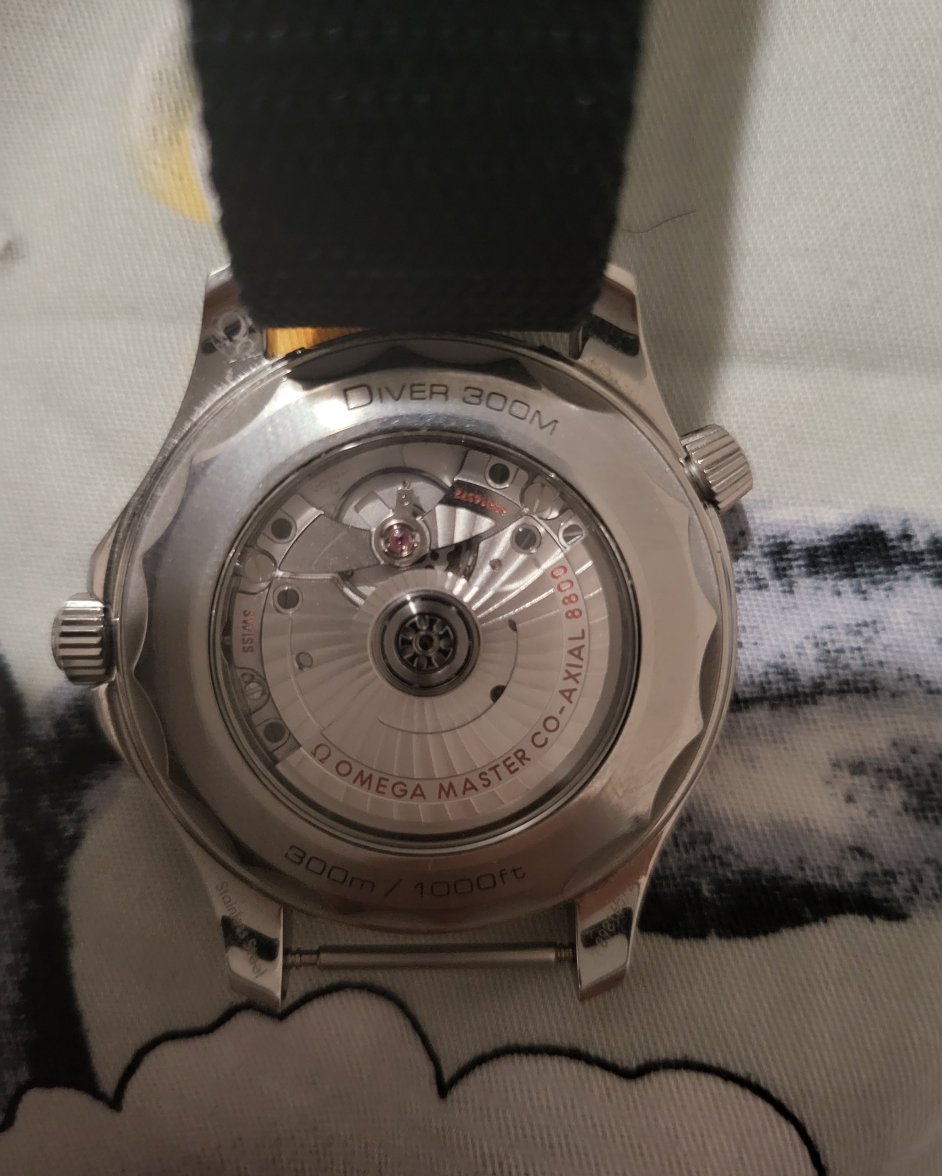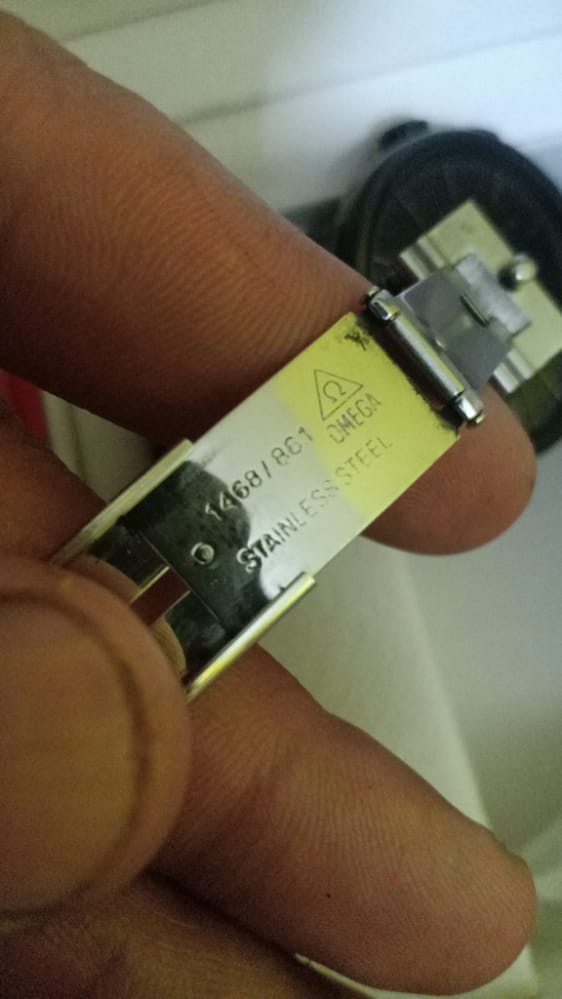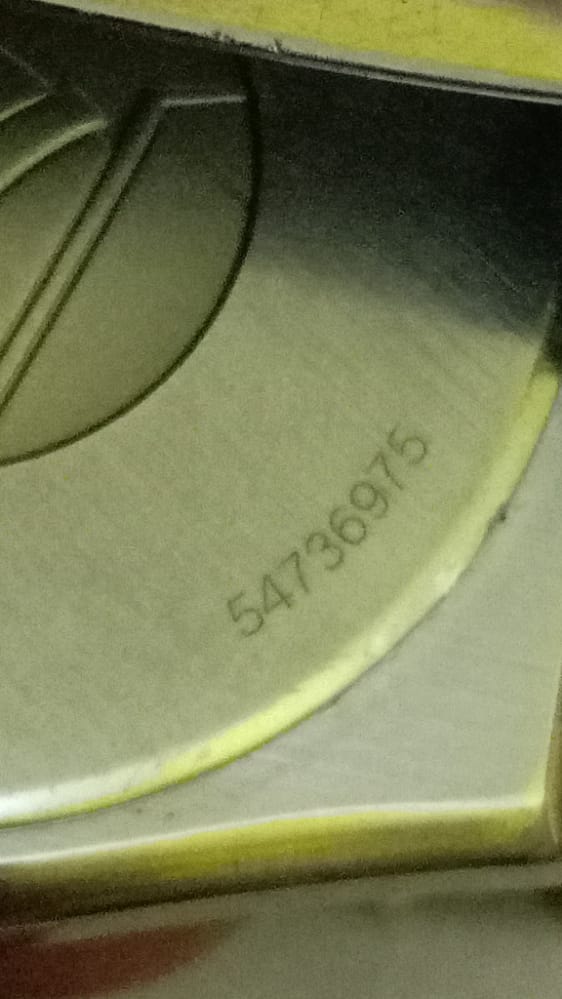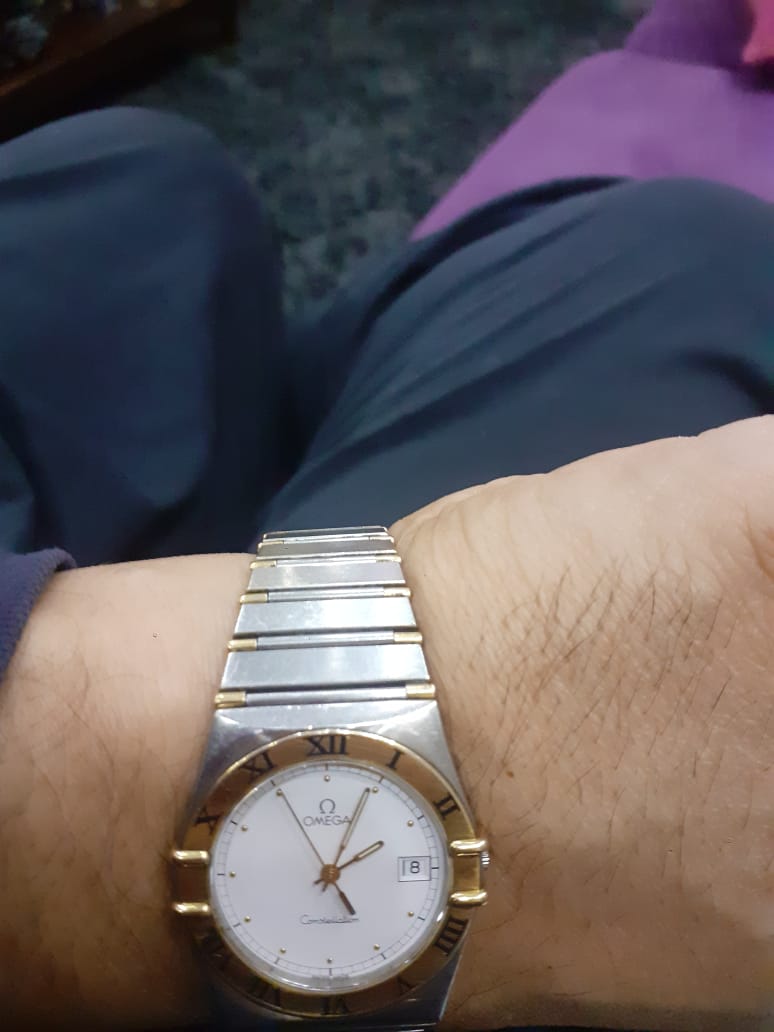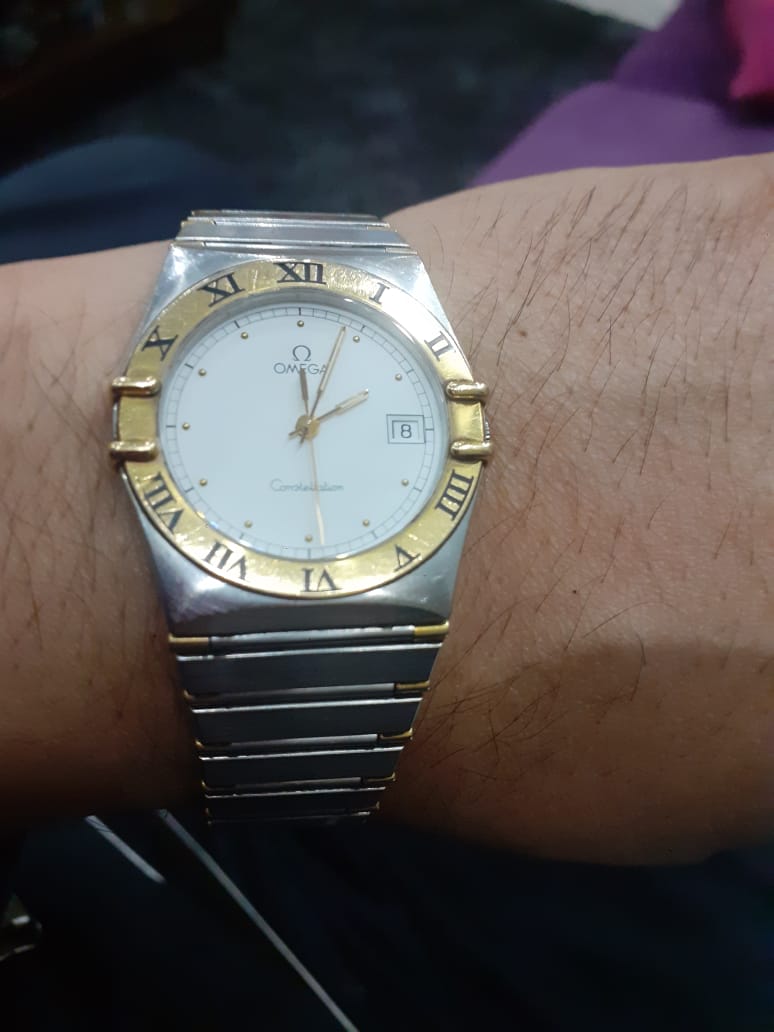Thanks Takashi, for providing me peace of mind
😀
Which is why I brought up the original question of without expert knowledge, is it relatively safe to assume that a more complicated complication ought to be harder to fake (even for high end fakes). Using the Annual Calendar as an example, this one is a more complicated annual calendar where extra mechanisms are used to change the date instantly at midnight (no half turned date between lets say 12pm to 1am). So as long as it behaves as an Omega annual calendar should, I shouldnt worry about it being fake. Unless any of you have seen or encounter a fake annual calendar.
With regards to eBay authentication process... I reserve my doubts. In my case, I was looking at tracking and from the time they received the watch to authentication to reship the watch to me only took 2hours. Kinda super fast turnaround which makes me wonder. But who knows, maybe somethings are easier to authenticate than others.
One additional thing to add... My watch back case was oriented incorrectly when I received it and didnt raise any alarm from eBay is another reason I reserve my doubt.
I am going to go into speculation territory here for fun. I used to work at a large grey, and part of my team's job was confirming our incoming inventory matched what we quoted, which entailed authenticating the inventory. I got to work directly with 5+ watchmakers on a daily basis.
eBay uses Stoll & Co to authenticate their watches. I don't know what Stoll's process is exactly, but at my former company, we had a system in place where watches coming in would be opened, inspected, put on a Witscshi, etc. However, one of the biggest struggles faced by a large company in the pre-owned watch industry is bandwidth of their senior/expert watchmakers. You can scale your business up to have tons of incoming and outbound inventory, but finding high-quality watchmakers able to keep up with the inventory (authentication, servicing, etc.) in order to protect your product and brand reputation is not easy. eBay likely has the same problem, given their insane sales volume.
As a result, you have to come up with an assembly line process that respects (i.e. limits) the time of senior watchmakers during authentication. Stoll may have a mix of staff: individuals with higher levels of training, like WOSTEP-certifications, then lower-level staff, e.g. apprentice watchmakers. Any of these team members should be able to screen out obvious fakes at first glance. If it doesn't immediately look fake, they likely put the watch on a Witschi and look for anything glaringly obvious, like BPH being that of a Chinese movement.
The Witschi is an easy, objective way for a lower-level watchmaker to screen out a fake. The visible exterior of a good fake's movement is going to have effort put into it to resemble a real movement (though even high quality fakes should not slip by experienced watchmakers); but underneath the façade, there's a fake movement that's different from that of an actual OMEGA. Some of the "super fakes" (which were exceedingly rare during my time) had actual ETA movements, e.g. an ETA-2824. An ETA-2824 has a frequency of 28,800, whereas some in-house OMEGA calibers have lower frequency; e.g. I believe your cal. 8601 has a frequency of 25,200.
So, even if Stoll is employing an inexperienced hack who has no business opening your watch, they could simply put the received watch on a Witschi, look at the BPM, and see if it's 25,200 frequency; or, if it's a frequency of 21,600 - that of a common Chinese movement - it's a fake.
For watches with transparent case backs, apparently, Stoll does not open them. For run-of-the-mill watches with solid case backs, they may have the lower-level staff opening the case backs of common watches - Breitlings, Rolexes, etc. - and then a higher-level watchmaker swings by their desk to inspect the opened movement and confirm it's the real deal. The lower-level guy/gal puts it back together, pressure tests it to ensure it was put back correctly, and your watch is now deemed 'authenticated.'
With the thousands of watch models coming through the shop, lower-level production runs like your OMEGA are not going to be something the team is intimately familiar with - so they likely confirmed your watch was real, but didn't know the case back was upside down.
BTW, here's a video from eBay on the authentication process... they probably put a lot of lipstick on the pig, though:
https://v.redd.it/ziofa7s9rb581
Sorry for the book! I never get to talk to anyone about this stuff as none of my friends are into watches. That job was my life for several years…
